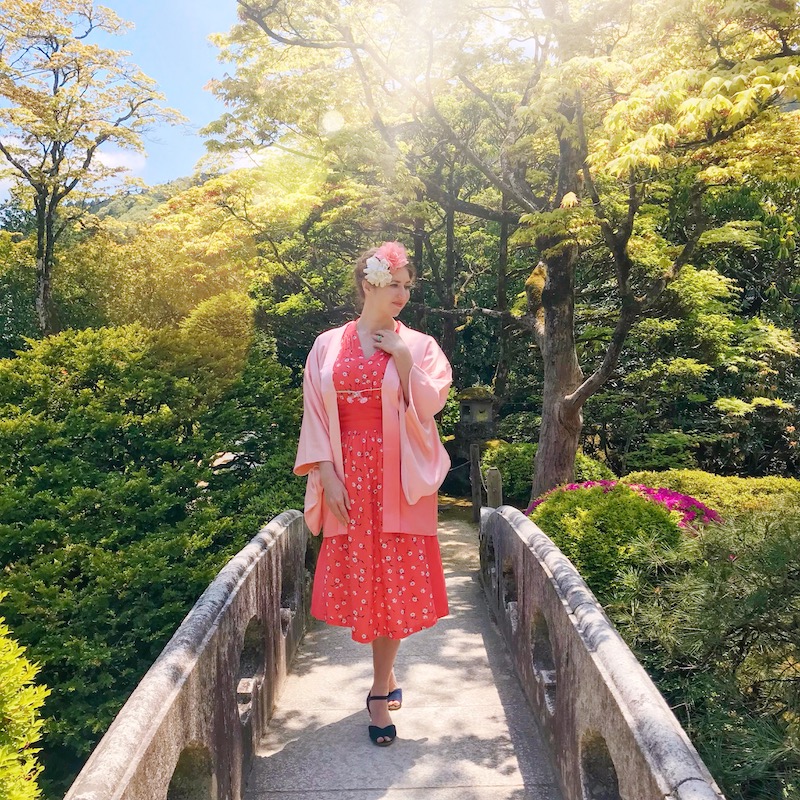Located in Japan’s Tochigi Prefecture, in the mountains north of Tokyo, Nikko is an easy day trip by rail from the capital. It’s famous for its Buddhist and Shinto temples and shrines nestled in the forest, and was designated a World Heritage site in 1999.
Arriving at the historic shrine and temple complex at Nikko, the first thing you encounter is the impressive Shinkyo Bridge (神橋, Shinkyō, "sacred bridge"), considered one of Japan's finest bridges. The earliest incarnation of a bridge on this site was said to have been formed by two giant serpents to allow a priest named Shodo and his followers could cross the river. The present lacquered wooden structure was built in 1636, and underwent extensive preservation works in the early 2000s. You have to pay a fee to walk on the bridge itself, but if you time it right (a tour bus arrived just as we were leaving) you can have it all to yourself as many visitors skip it.
The main attraction in Nikko is probably Toshogu Shrine (東照宮, Tōshōgū), the final resting place of Tokugawa Ieyasu, founder of the Tokugawa Shogunate that ruled Japan for over 250 years until 1868. The lavishly decorated shrine complex consists of more than a dozen buildings set in the forest.
The site was selected deliberately due Nikko’s location north of the capital (then known as Edo); demons and bad spirits were said to come from the North, so Ieyasu wished to be enshrined north of Edo to protect the nation from evil. The mausoleum was originally a modest shrine; Ieyasu's grandson Iemitsu Tokugawa had the shrine extensively rebuilt into the ornate masterpiece it is today, a monument not only to Ieyasu but also the wealth and power of the Tokugawa family.
Unusually, Toshogu contains both Shinto and Buddhist elements. It was common for places of worship to contain elements of both religions until the Meiji Period when Shinto was deliberately separated from Buddhism. Across the country, Buddhist elements were removed from shrines and vice versa, but at Toshogu the two religions were so intermingled that they could not be entirely separated.
Just inside the main gate at Toshogu is arguably the most iconic Japanese image of all time: the carvings of the “three wise monkeys” which decorate a storehouse.
There’s also the famous carving of elephants by an artist who had never seen an elephant and was working from a description.
Across the courtyard stands the imposing Yomeimon Gate, said to be the most elaborately carved in the country, with thousands of individual carvings.
Sake barrels within the shrine complex
The treasure house attached to the Rinnoji Buddhist temple has a secluded and peaceful early Edo period strolling garden.
The vintage haori jacket was a lucky find in a random tiny secondhand kimono store on a side street in the Harajuku area of Tokyo and was a perfect extra layer for late spring in north-central Honshu. The colour so perfectly complements my me-made 1940s style dress, I’ve worn them in combination several times since.
Sources:



























